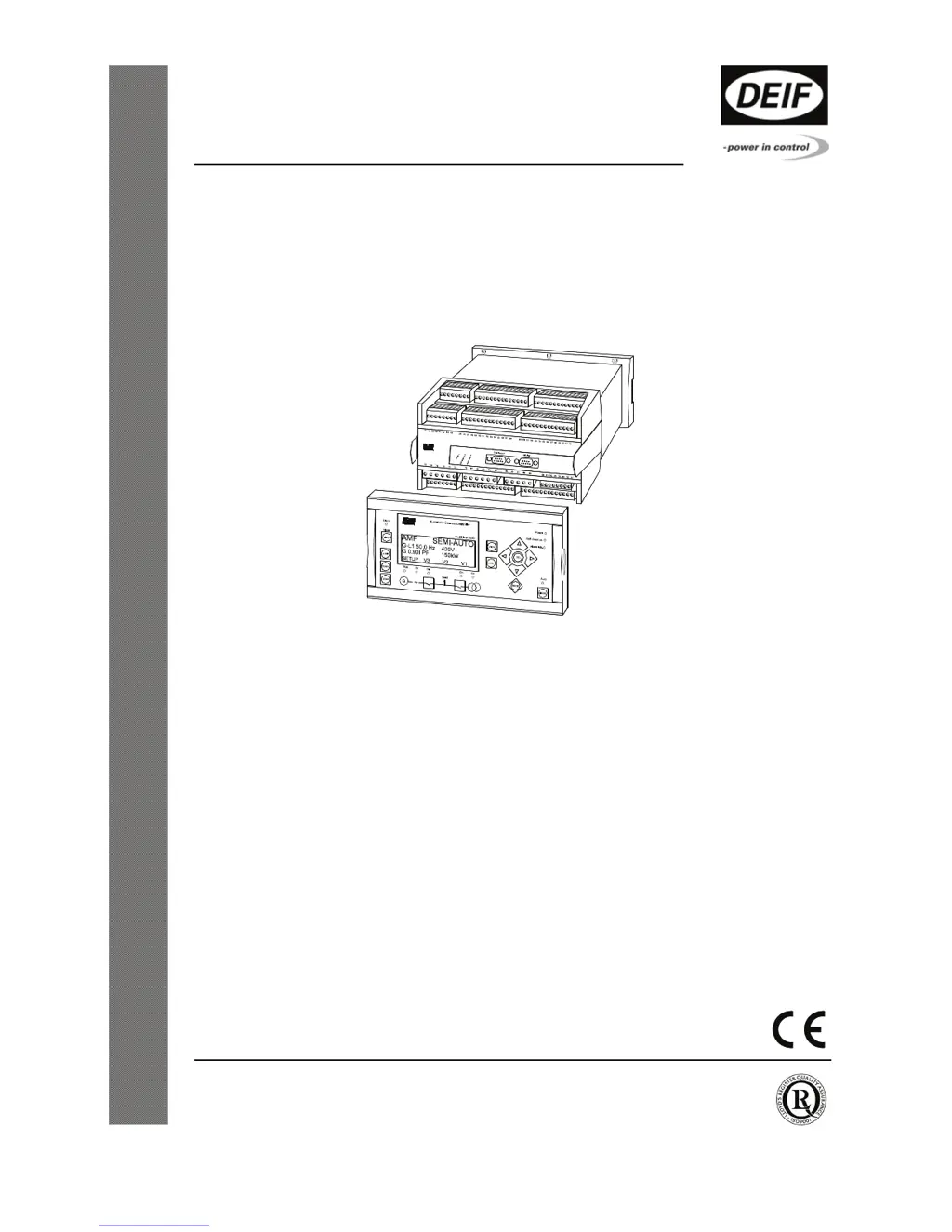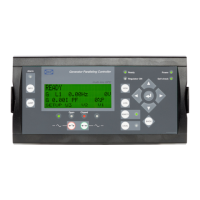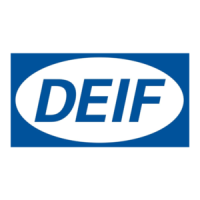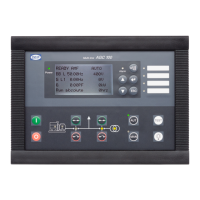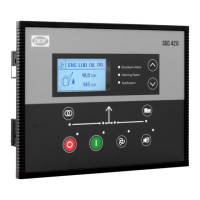How to fix unstable load sharing in Deif Control Unit?
- NNancy WrightAug 15, 2025
To correct unstable load sharing or parallel with mains power control on your Deif Control Unit, where synchronization is OK and single generator frequency control is also OK, apply a 3-4% speed drop on the prime mover governor. The instability is likely due to the generators lacking speed droop.

